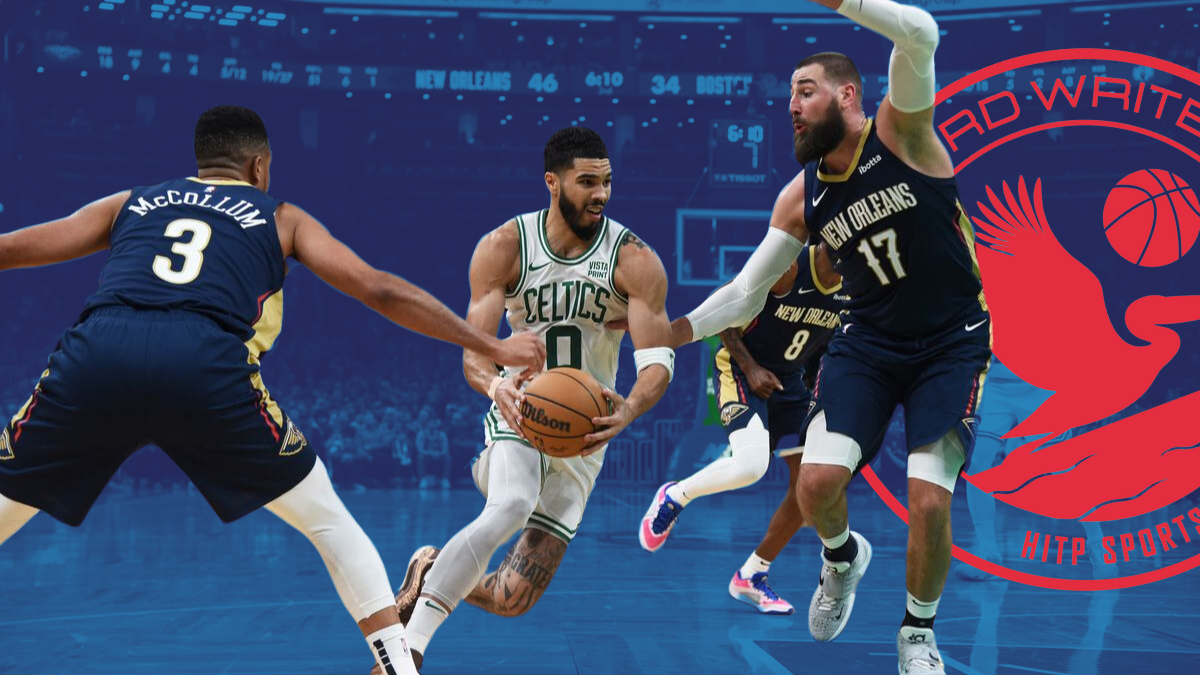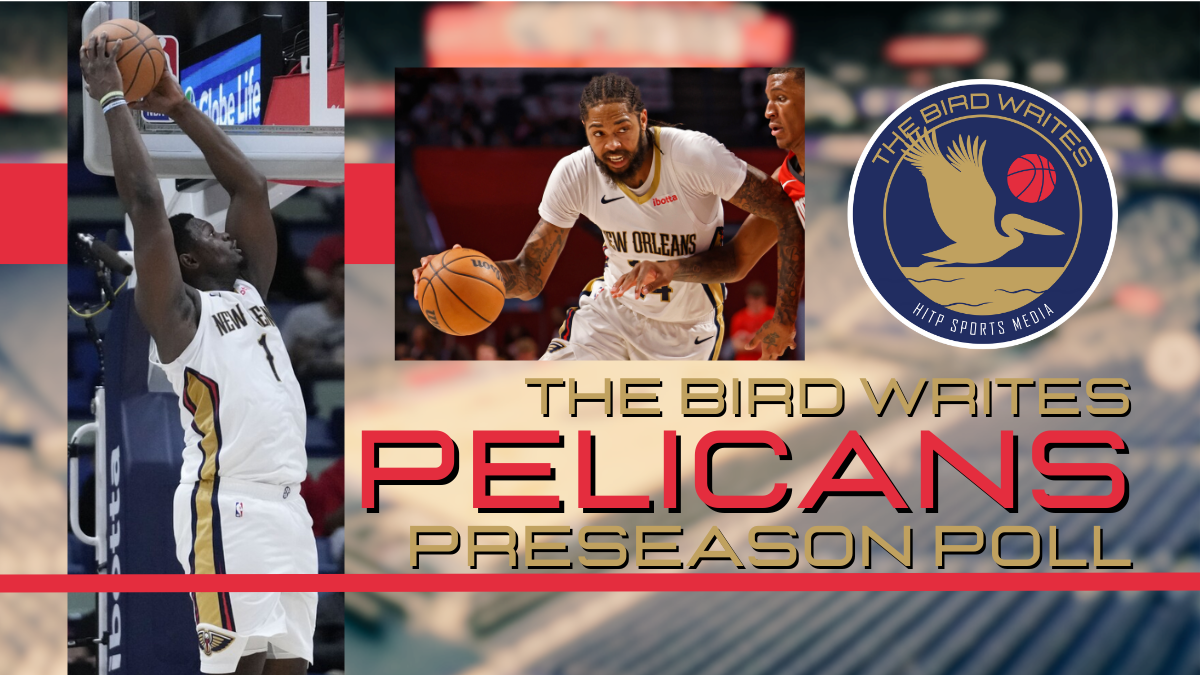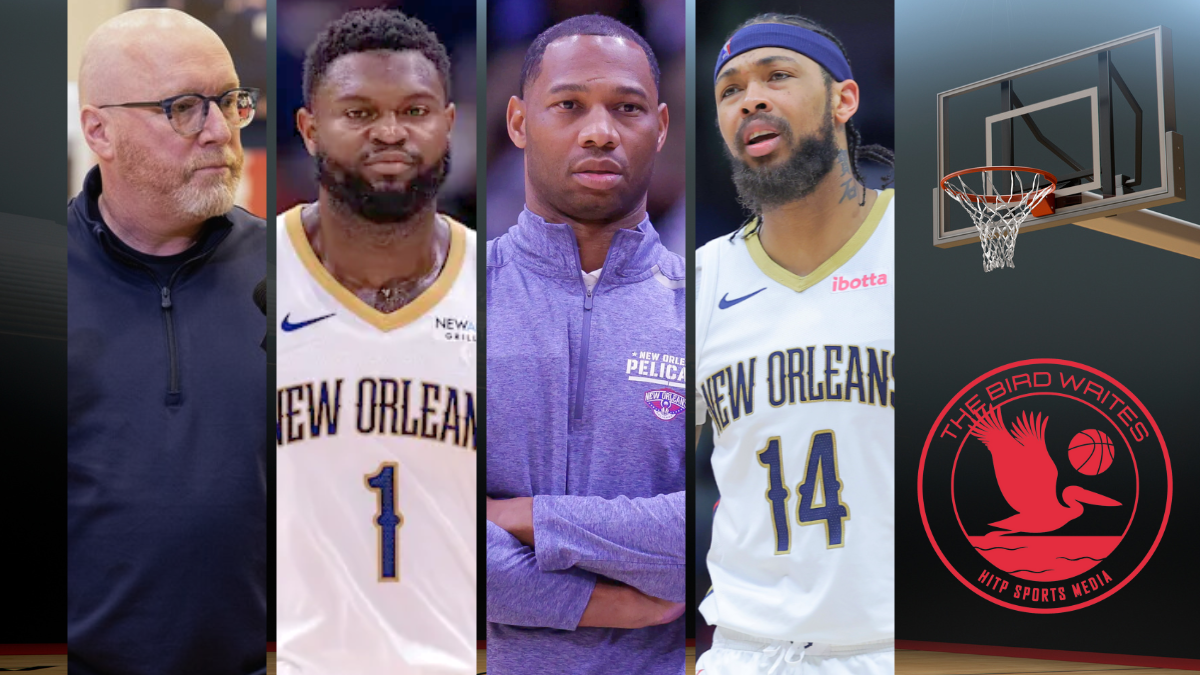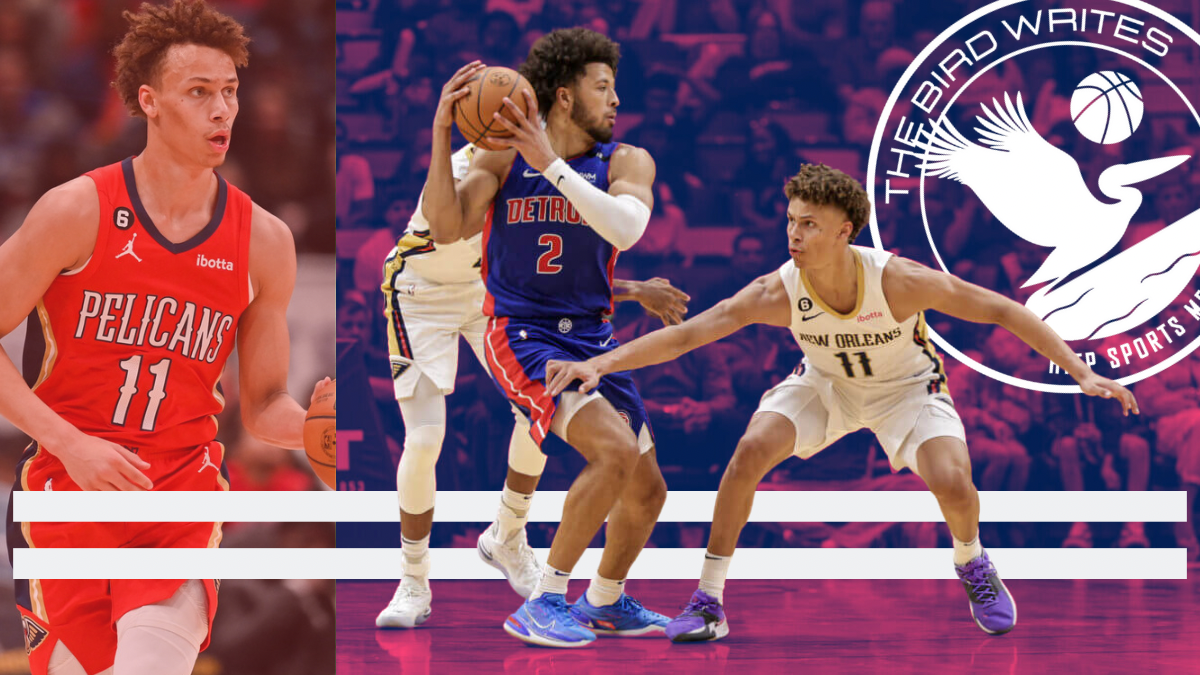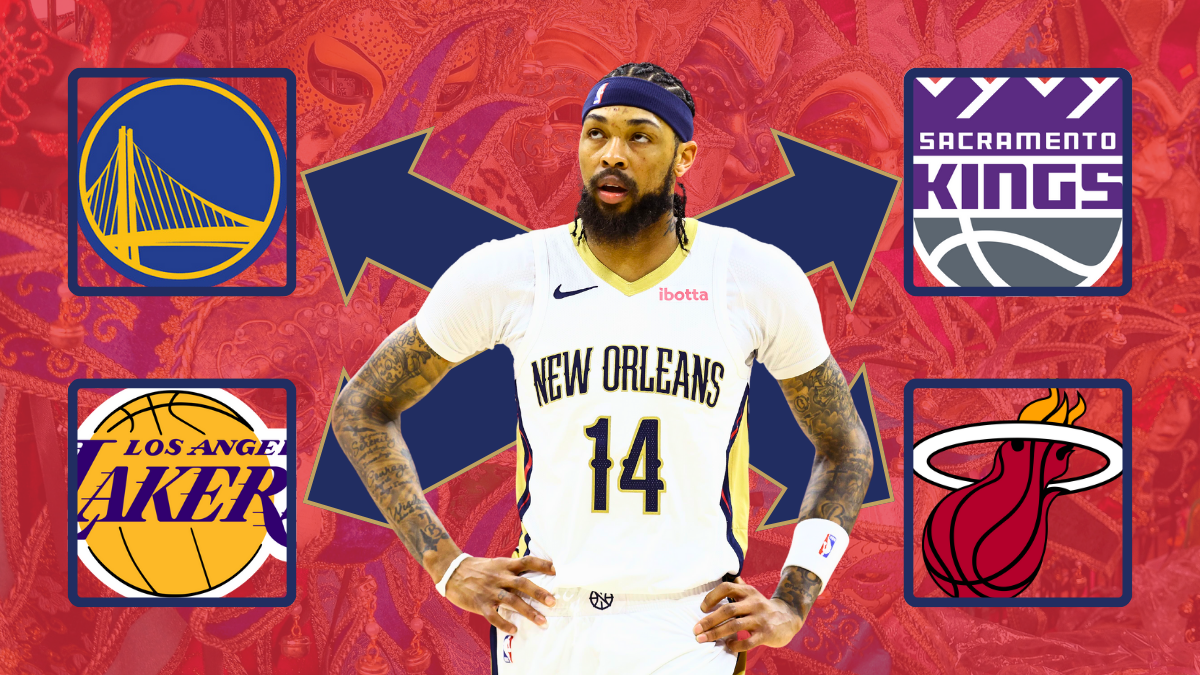Statistically, the New Orleans Pelicans field a strong defense. They’re sixth in the league by defensive rating (111.6), second in steals per game (8.2) and allow the sixth lowest effective field goal percentage of any team (53.6%). The defense isn’t without its problems, though, which read their heads, especially against teams with potent spread pick-and-roll attacks.
The Pelicans’ defense is at its best when it can swarm offenses effectively and pressure them to turn the ball over. Great ball-handlers and passers can somewhat neutralize this strength when offenses spam ball screen actions against the Pelicans.
The starting lineup especially — CJ, Zion, Ingram, Herb and Valanciunas — struggles to defend potent ball-screen-based offense. As a unit, they post a putrid 118.3 defensive rating, a huge drop from the team’s overall number. Overall, teams shoot worse from three against the Pelicans (34.6%) than any other defense. Against the starting lineup, opponent three-point percentage skyrockets to 38.1%, which would place fourth from the bottom across the league.
New Orleans’ paint defense is the heart of these problems, as the Pelicans don’t have the personnel to defend the rim when the defense is in rotation. Due to Jonas Valanciunas’s struggles governing ground and protecting the rim, the defense often has to compress hard to stop layups and drives. When that happens, the Pelicans often don’t have defenders fast, explosive or reactive enough to close out to shooters.
Against teams running more complex screening actions, the Pelicans struggle to communicate switches and pass-offs. Simple guards/guard ghost screens can trouble them and the more complex plays are even trickier. Take this example, where Darius Garland splashes a wide-open pull-up three after the Pelicans can’t find their assignments guarding ‘Stack.’
Teams like Cleveland with multiple pick-and-roll ballhandlers can be especially troublesome as those teams heavily punish defenses in rotation. Even beyond Garland and Donovan Mitchell slicing up New Orleans from deep, the excellent spacing creates huge gaps in the paint that defenders like McCollum and Ingram often can’t cover up by themselves.
The Pelicans give up the second most threes per game in the NBA this season (38.8 attempts per game). New Orleans’ excellent three-point defense may have something to do with overly positive variance, but the starting lineup exacerbates the deficiency. It’s far too easy for good floor generals to fire skip passes to the weak corner, especially when Herb Jones is occupied defending the ball or the strong side.
If the Pelicans match up with a pick-and-roll heavy offense in the playoffs like OKC or Dallas, it could be wise to play more of Larry Nance Jr, focusing on surrounding one or more offensive engines with defensive ground coverage. In the playoffs, teams will hone in on even a great defense and pick apart its weaknesses. For the Pelicans, the classic spread pick and roll could be that point of weakness.
Analysis by Ben Pfeifer
For more content, visit HITP Sports on YouTube or HITP Sports online.
READ MORE
- Brandon Ingram’s Development As A Passer Raises Pelicans’ Ceiling
- Herb Jones Isn’t Just An Option on Offense, He’s a Weapon
- Do the Pelicans Possess Enough Playmakers?
- Foul Trouble: Why Doesn’t Zion Get the Star Treatment From NBA Refs?
- Pelicans Head To Big Apple Seeking To Snap 2-Game Skid
- Points at a Premium as Pelicans Offense Finds Its Way
- How Can the Pelicans Get the Most Out of Zion & BI When They Don’t Share the Floor?
- The Future of the Pelicans May Hinge on Whether Zion & B.I. Can Make the Leap to Elite Duo
- Will Missing Dyson Daniels Damage the Pelicans’ Playoff Push?
- Pelicans Begin Critical 4-Game Home Stand Against Woeful Wizards
- Pelicans Can Move 10 Games Above .500 For First Time Since 2018 With Win Over Lakers
